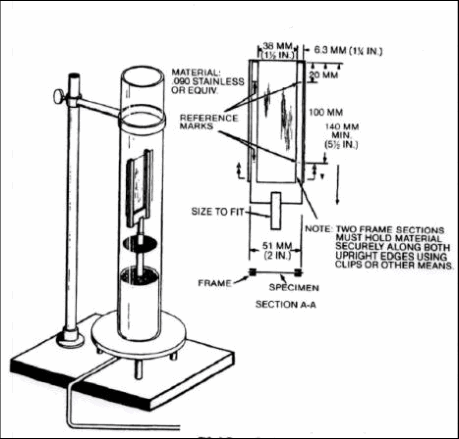- Qinsun Instruments Co., Ltd.
- Tell:+86-21-6780 0179
- Phone:+86-17740808215
- Address:No. 2578 Minhang District Gu Dai Road, Shanghai
- Contact:Mr. Li
- QQ:846490659
A Beginner's Guide to Conducting an Oxygen Index Test

A Beginner's Guide to Conducting an Oxygen Index Test
The Oxygen Index (OI) test is a crucial procedure in assessing the flammability of materials. This guide is designed to help beginners understand the basics of conducting an Oxygen Index test.
What is the Oxygen Index?
The Oxygen Index is a measure of the minimum concentration of oxygen in a mixture of oxygen and nitrogen that will just support the combustion of a material under specified test conditions. In simpler terms, it indicates how flammable a material is by determining the minimum amount of oxygen required for it to burn.
Equipment and Materials
Before conducting the Oxygen Index test, gather the necessary equipment and materials:
Oxygen Index Apparatus: This apparatus consists of a test chamber, a graduated column, and a control system to regulate the oxygen concentration.
Specimen Holder: A holder to support the test specimen securely in the test chamber.
Test Specimen: The material being tested, typically in the form of a rectangular strip with specific dimensions.
Ignition Source: A controlled ignition source, often a small flame or spark, to initiate combustion.
Gas Mixture: A mixture of oxygen and nitrogen to control the oxygen concentration in the test chamber.
Temperature Control: Some tests may require temperature control to simulate specific conditions.

Procedure
Follow these steps to conduct the Oxygen Index test:
Preparation:
- Ensure the apparatus is clean and in proper working condition.
- Calibrate the equipment according to the manufacturer's instructions.
Specimen Preparation:
- Cut the test specimen to the required dimensions.
- Remove any irregularities or imperfections.
Mounting the Specimen:
- Securely mount the specimen in the holder, ensuring it is positioned correctly.
Chamber Setup:
- Place the specimen holder with the mounted specimen in the test chamber.
- Set the initial oxygen concentration.
Ignition:
- Initiate combustion using the ignition source.
- Observe the specimen's behavior during the test.
Oxygen Adjustment:
- Adjust the oxygen concentration until the specimen either sustains combustion or self-extinguishes.
Recording the Results:
- Note the oxygen concentration at which the specimen sustains combustion or self-extinguishes.
- Record any additional observations.
Safety Precautions
Ensure safety during the Oxygen Index test by following these precautions:
Proper Ventilation: Conduct the test in a well-ventilated area to prevent the accumulation of flammable gases.
Protective Gear: Wear appropriate protective gear, including gloves and safety glasses.
Emergency Procedures: Familiarize yourself with emergency procedures, including equipment shutdown and evacuation.
Training: Ensure that personnel conducting the test are adequately trained in the use of the equipment and emergency protocols.
Conclusion
Conducting an Oxygen Index test is essential for evaluating the fire hazard of materials. By following this beginner's guide, you can gain valuable insights into a material's flammability characteristics. Always adhere to safety guidelines and manufacturer instructions to ensure accurate and reliable results.
Remember, practice and experience are key to mastering the Oxygen Index test. As you become more familiar with the process, you'll be better equipped to assess and mitigate the fire risks associated with different materials.





